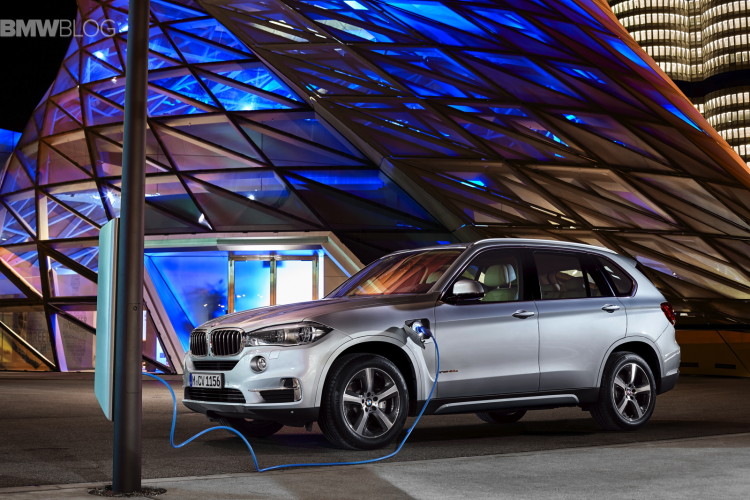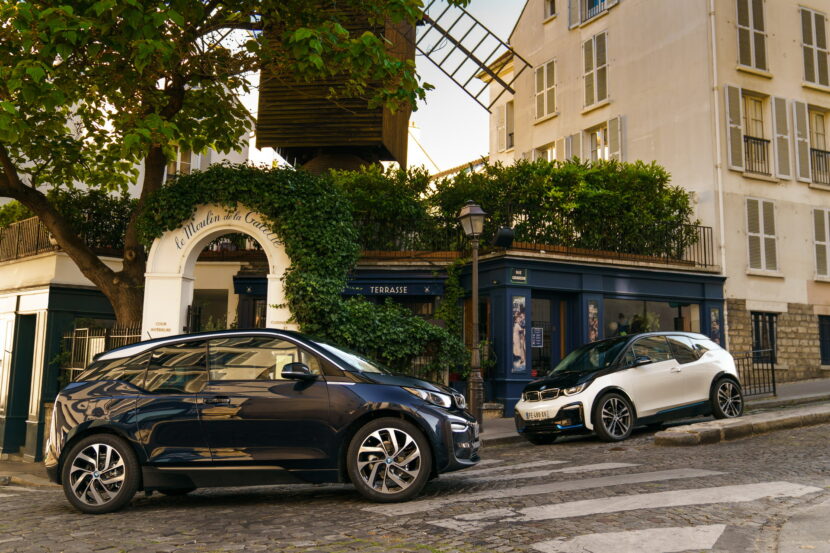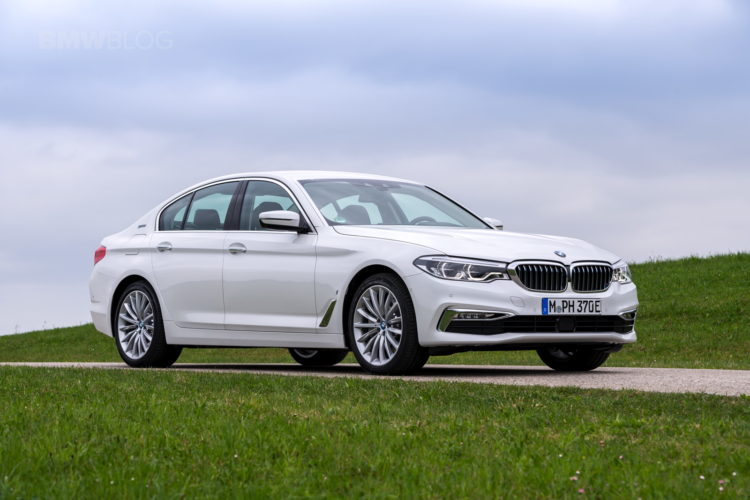Despite automakers largely slowing electrification in their fleets, it’s still a pretty good time to be a shopper if you’re in the market for an electrified vehicle. BMW is no exception, and as new inventory ages, buyers are in a better position than ever to negotiate a better deal. Of course, if you’re working on a bit of a budget, that’s still a daunting task. BMW doesn’t offer a single EV under $50,000. Perhaps even worse, the $7,500 federal EV tax credit has evaporated from these imported electrics, leaving them more expensive than ever.
But you’re not out of luck. Many US shoppers forget there is another way to save when considering a vehicle propelled by electrons. The IRS offers a federal tax credit for pre-owned plug-in electric vehicles (PHEVs) and battery electric vehicles (BEVs, or EVs). The vehicle must have a sale price of $25,000 or less, be purchased from a dealer, and be two or more model years old. You can’t take advantage of the program if you make over $150,000 (joint filers) or $75,000 (single). Finally, the vehicle must have a battery with 7 kWh of storage or more.
For your trouble, you’ll get a credit worth 30 percent of the vehicle’s sale price – a maximum of $4,000. So, what’s the best PHEV BMW to buy – and how do you maximize your rebate? That all depends on what kind of vehicle you need, but there are tons of options.
2020 – 2021 X3 xDrive30e

It’ll take a little bit of negotiation, but you could take one of these quirky, two-model-years-only PHEV X3s home for under $25,000 before taxes and fees. These SUVs were quickly and quietly discontinued after 2020 and 2021 model years following a series of recalls, shrinking tax incentives, and COVID part supply issues. Although, BMW USA gave no official reason for the model’s untimely end, and the SUV was readily available outside the US market.
The BMW X3 xDrive30e offered 288 horsepower and 310 pound-feet of torque from its B48 engine and 12-kWh battery/motor setup. Power-wise, you’re right between the standard xDrive X3 and X3 M40i, though the added weight certainly makes some trade-offs in performance. An EPA-estimated 17 miles of all-electric range makes the X3 xDrive30e useful for very short trips around town. It’s a good value, but a considerably more qualified SUV is on the list.
BMW X5 xDrive40e

Speaking of well-qualified, the BMW X5 xDrive40e is some of the best – and last – of the F15 generation vehicles. Today, you can find them for as little as $12,000, although we’d recommend spending a little more than that if you’re trying to drive the vehicle rather than use it as a planter, modern art fixture, or similarly stationary object. The vehicle’s added capability, enhanced performance, and only modest increase in size and decrease in range make it a superior choice to the X3 if you need a PHEV SUV.
The 308-horsepower hybrid powertrain has plenty of pep and the usual X5 perks apply here, too. The PHEV version only loses out on around two cubic feet of storage compared to its fully-gassed counterpart. 332 pound-feet of torque gives it a gutsy feel, too. It’s quite a deal for $25,000 or less.
I01 BMW i3 REX or BEV

It’s probably not a secret to long-time readers, but I love the underrated i3. It remains a great buy in 2024, and even more so when you consider the small but important tax benefits. The BEV is all-electric, and you probably really want the sportier i3s model with a little more power and 150+ miles of range.
You could opt for an i3 with the Range Extender gas engine, but the all-electric version is really the better buy. The reduced complexity is nice, and the EV has a clearer sense of purpose, making for a better driving experience overall. The i3 is fun, quick around town, and even reasonably practical – as long as you don’t have too far to go or too much cargo.
2016 – 2019 BMW 740e

I’m not saying it’s a good idea. But it’s a thing you could do. While the newer 745e xDrive is a bit out of budget, you could squeeze into the preceding PHEV 7 Series with some cash left over. Initially, anyway. The hybrid powertrain – which includes the first-ever four-cylinder engine in a 7 Series for the US market – generates 322 horsepower and 369 pound-feet of torque.
Despite decent performance on paper, the 740e always felt a little anemic at highway speeds to me. xDrive and solid torque prevents it from feeling too lethargic around town, though. 28 miles of electric range make it downright usable for urban errands. Notably, at around 4,700 pounds, it was once the beefiest BMW sedan you could buy by quite a margin. Today, that’s what a regular 740i weighs, and still 1,100 pounds lighter than a new 7er PHEV. That’s heavy, man.
While I don’t have any reason to suspect the 7er’s powertrain will be particularly unreliable, it’s still a 7 Series, which means lots of expensive components when things start going wrong. Hybrid components add complexity and time to labor costs, too. Budget accordingly.
BMW 530e (G30)

The BMW 530e is exactly what you expect—it’s a lighter and slightly less refined hybrid than the 740e. Unfortunately, its range is a mere 15 miles, and power decreases to a puny 248 horsepower and a somewhat respectable 310 pound-feet of torque. Like the 7er, the hybrid 5er isn’t particularly sporting. But it’s plush enough to still be worth considering over some other options if that’s your bag.
Overall, we think the sportier and newer G20 330e is a better package—but that also depends on your budget and needs. 2021+ models boost power to 288 horsepower and get some nice interior upgrades that make the car more worthy of consideration. We could only find two under our price point, but snatch it up if you can find one.
2020+ BMW 330e (G20) / Honorable Mention: 330e iPerformance

I found it a little surprising, but you can get into a pretty decent example of the current-generation PHEV BMW 3 Series for under $25,000. It’s one of the best overall packages on the list, offering a healthy 288 horsepower in a just-right size and between 20 and 30 miles of range. We’ll begrudgingly include the BMW 330e iPerformance – its predecessor – despite its 14-mile electric range, crappier steering, inferior power, and noticeably older tech.
There’s a lot to love about the BMW 330e G20, and as prices continue to fall on earlier models, the value gets better and better. While a little more range would be nice – and you’ll never confuse this for a sports car – it’s spry enough to be fun and a little more luxurious than what I’m used to experiencing when the phrase “used 3 Series” is muttered. With a $4K credit on top, this effectively could be nearly a $20,000 car – and, in my estimation, one of the best used car value propositions I’ve heard in a while.





































































